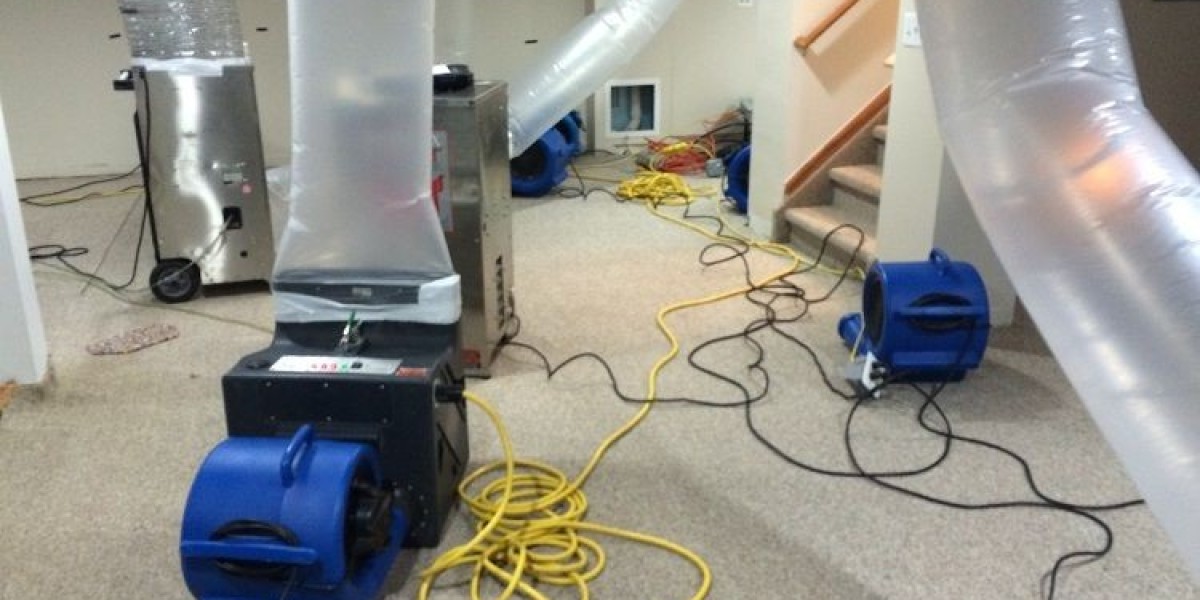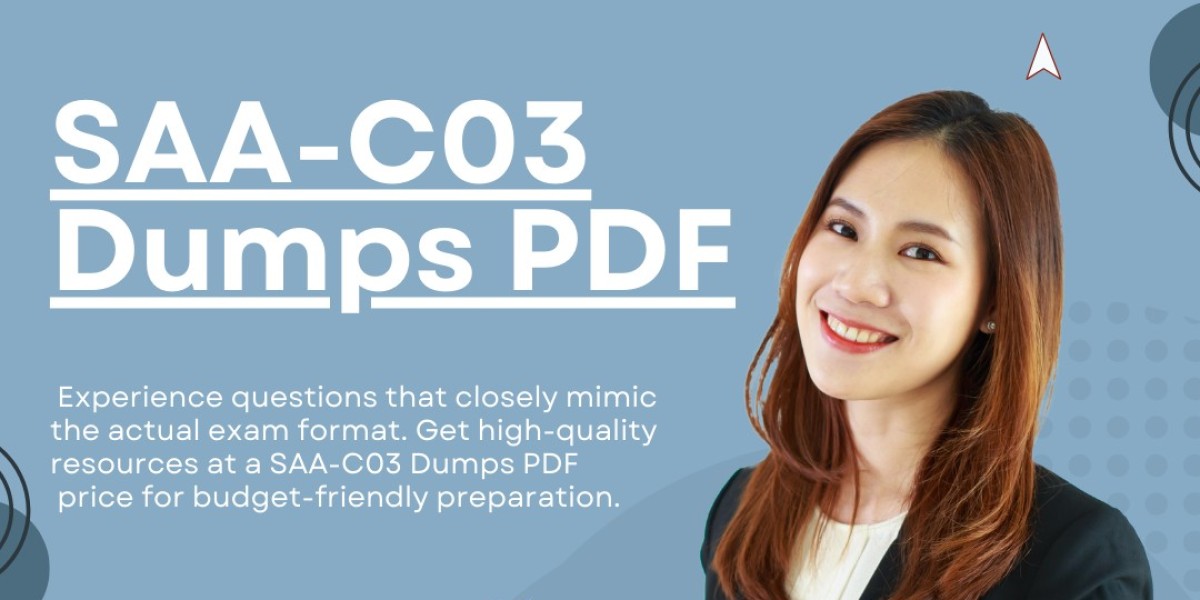Water damage can wreak havoc on a home, causing extensive damage and posing health risks. For homeowners in Vancouver, WA, understanding the process of water mitigation is essential to protect their property and ensure a safe living environment. This guide outlines the critical steps involved in water mitigation, empowering homeowners to act promptly and effectively.
Understanding Water Mitigation
Water mitigation refers to the process of reducing or preventing the damaging effects of water on property. It involves several steps designed to remove excess water, dry affected areas, and restore the property to its original condition. Quick action is crucial; the sooner mitigation efforts begin, the less damage will occur.
Why Is Water Mitigation Important?
Water damage can lead to mold growth, structural instability, and significant repair costs. By acting quickly, homeowners can minimize these risks and protect their investment. Water mitigation not only helps restore a home but also promotes a healthier environment for occupants.
Step 1: Assess the Situation
The first step in any water mitigation process is to assess the situation. Homeowners should take the following actions:
Identify the Source of Water
Understanding where the water is coming from is vital. Common sources include:
Flooding from heavy rain: Excessive rainfall can overwhelm drainage systems, leading to flooding.
Burst pipes: Plumbing failures can cause significant water loss.
Leaking roofs: Damage from storms or wear and tear can allow water to seep into the home.
Sewage backups: Contaminated water can pose serious health risks.
Evaluate the Extent of Damage
Once the source is identified, evaluate how much damage has occurred. Check floors, walls, and ceilings for signs of water saturation. Look for discoloration, warping, and structural issues. This evaluation will help determine the appropriate mitigation steps.
Step 2: Ensure Safety First
Safety is paramount when dealing with water damage. Homeowners should follow these guidelines:
Turn Off Electricity
Before entering a flooded area, turn off electricity to prevent electrical shock. If the water level is high or if there is any risk of electrical hazards, it may be best to wait for professional help.
Wear Protective Gear
If there is sewage or contaminated water, wear gloves, masks, and waterproof clothing to protect against harmful bacteria and chemicals.
Step 3: Remove Excess Water
After ensuring safety, it's time to remove excess water. Depending on the situation, homeowners can use:
Wet/Dry Vacuums
For smaller amounts of water, a wet/dry vacuum can be effective in removing water quickly.
Pumps
In cases of significant flooding, submersible pumps may be necessary to remove large volumes of water.
Call Professionals
For extensive water damage, homeowners should consider contacting a water mitigation service. Professionals have specialized equipment and expertise to handle large-scale water removal safely and effectively.
Step 4: Dry the Affected Area
Once the excess water is removed, the next step is to dry the affected areas thoroughly. This process involves:
Using Dehumidifiers
Dehumidifiers help to reduce humidity levels in the air, speeding up the drying process. Place them in affected rooms to promote airflow.
Ventilation
Open windows and doors to create airflow. Use fans to direct air toward wet areas, which helps speed up drying.
Monitor Progress
Keep an eye on the drying process. It may take several days for everything to dry completely, depending on the extent of the damage and environmental conditions.
Step 5: Clean and Sanitize
Cleaning and sanitizing the affected areas are essential steps to prevent mold growth and ensure a safe living environment. This process includes:
Remove Damaged Materials
Dispose of any materials that cannot be salvaged, such as carpets, drywall, and insulation. These items can harbor mold and bacteria.
Use Cleaning Solutions
Clean surfaces with disinfectants to eliminate any harmful bacteria. Follow manufacturer instructions for best results, ensuring that all surfaces are thoroughly cleaned.
Step 6: Restore the Property
Once everything is clean and dry, it’s time to restore the property. This may involve:
Repairing Structural Damage
Address any structural issues caused by the water damage. This may include fixing walls, floors, or ceilings that were compromised.
Replacing Materials
Install new flooring, drywall, and insulation where needed. Choose materials that are resistant to water damage for future protection.
Final Touches
After repairs, repaint walls and refurnish rooms to return the home to its pre-damage condition.
FAQ Section
1. How long does the water mitigation process take?
The time required for water mitigation varies depending on the extent of the damage. Small issues may be resolved in a few hours, while more significant damage could take several days.
2. Do I need to hire professionals for water mitigation?
While homeowners can handle minor water issues, hiring professionals is advisable for extensive damage. They have the expertise and equipment to handle complex situations safely.
3. How can I prevent future water damage?
Regular home maintenance, such as inspecting plumbing and roofing, can help prevent future water damage. Installing sump pumps and ensuring proper drainage can also minimize risks.
4. What are the signs of water damage?
Signs include water stains on walls or ceilings, mold growth, a musty smell, and warped flooring. If you notice any of these signs, address the issue promptly.
5. Is water damage covered by homeowners insurance?
Many homeowners insurance policies cover water damage, but specifics can vary. Check with your insurance provider to understand your coverage.
Conclusion
Water mitigation is a critical process for homeowners to protect their property and maintain a healthy living environment. By following these steps, homeowners can address water damage effectively and efficiently. If you find yourself in need of professional assistance, don’t hesitate to contact Prestige NW Restoration at (360) 334-3624. They are here to help restore your home and ensure it remains a safe space for you and your family. Whether you are in Vancouver, Portland, or Camas, their expertise can guide you through the water mitigation process with ease.








